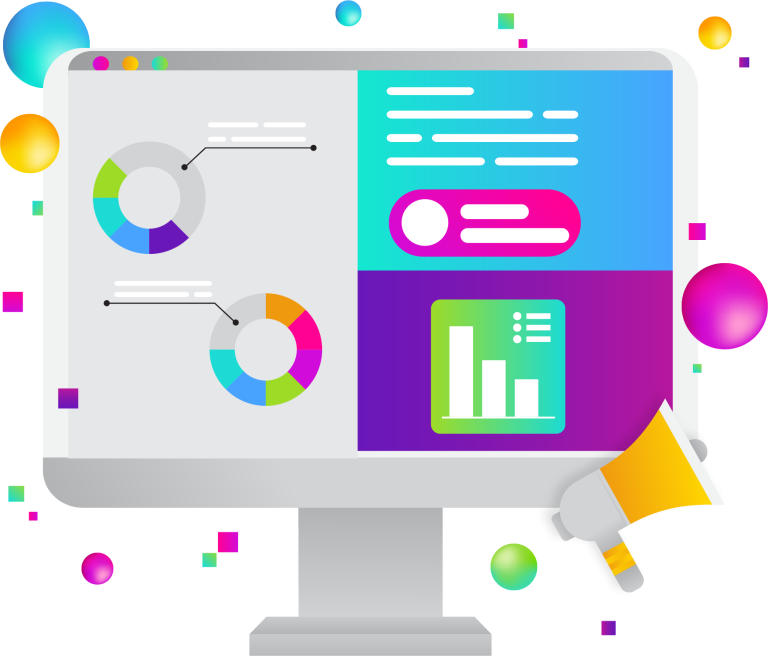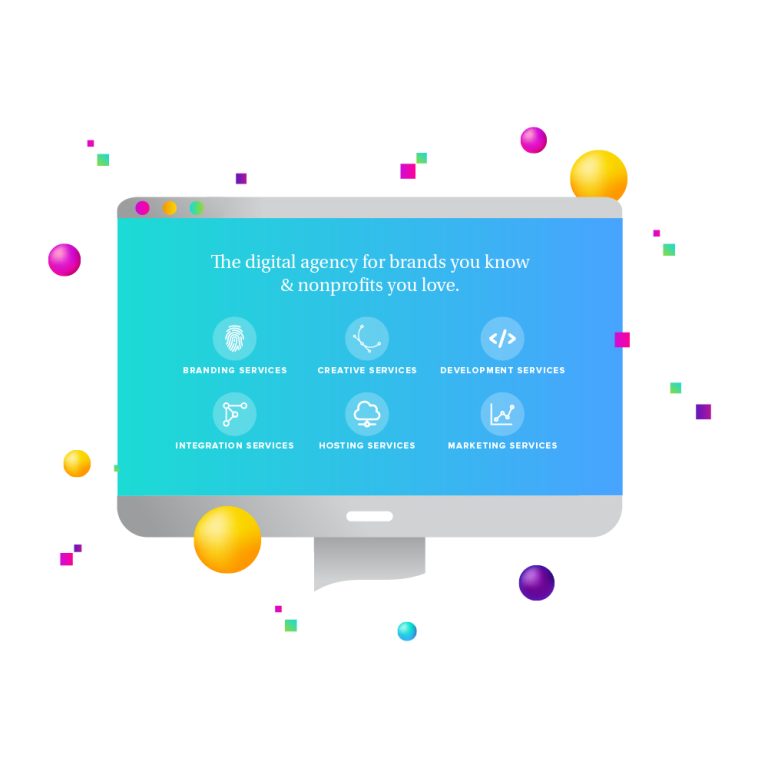Digital Insights Blog
If you’re looking for digital insights on the latest web design trends, digital marketing approaches, branding, web development, and industry-specific digital solutions, you’re in the right place.
- 12 min read
Citizens expect government websites to be as intuitive and user-friendly as the best commercial sites they visit. When someone goes online to renew a driver’s license, apply for benefits, or
- 12 min read
Typography is a cornerstone of modern web design and branding. In today’s multi-device world, text isn’t just about conveying information, it’s a key part of a site’s personality, performance, and...
- 7 min read
Paid search success doesn’t come from the volume of keywords you target—it comes from intentionality. Many advertisers throw broad match terms into Google Ads and hope something sticks. But wishful...
- 5 min read
Drupal 11 is here, and with it comes a new wave of opportunities for site builders and development teams to create faster, more efficient, and better-designed websites. With a revamped...
- 6 min read
Understanding your audience is no longer a marketing luxury—it’s the linchpin of success. While many organizations have built personas to represent their audience, these models too often remain superficial: a...
- 6 min read
The Membership Challenge in a Noisy Digital World For associations the heart of sustainability lies in consistent and strategic membership growth. But today’s digital landscape is noisy, fragmented, and competitive....
- 6 min read
The “System” Misconception Prospective clients often arrive on a discovery call with a digital agency certain they know what they need: “a WordPress site,” “a Shopify store,” “inventory on Meta...
- 9 min read
Audiences have endless choices, fleeting attention spans, and finely tuned BS detectors. So how do brands make people care? The answer isn’t more content. It’s better content—specifically, content grounded in...
- 5 min read
In today’s enterprise environment, users expect seamless digital experiences—whether they’re interacting with a customer portal, internal application, e-commerce platform, or large-scale CMS-driven website. Integrating complex databases into enterprise web development...
- 6 min read
Associations face mounting pressure to do more than simply disseminate information. They must engage, retain, and grow their member base—online. The pandemic accelerated a shift that was already in motion:...
- 6 min read
For businesses looking to sell online, WooCommerce has become the go-to platform for turning WordPress websites into powerful, scalable e-commerce stores. Whether you’re launching a boutique clothing brand, a regional...
- 10 min read
In 2025, nonprofit organizations need more than passion and a good cause to get noticed—they need visibility. With thousands of nonprofits competing for attention across the U.S., standing out in...
Ready for more?
Subscribe to our newsletter to stay up to date on the latest web design trends, digital marketing approaches, ecommerce technologies, and industry-specific digital solutions.







